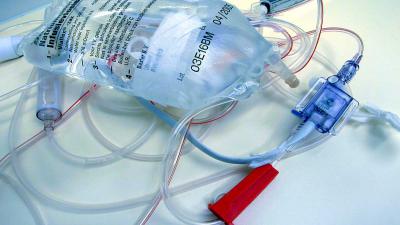Treatment with higher doses of blood thinners is effective in patients with COVID-19 who are hospitalized in the clinical ward. This is the result of research from three clinical studies worldwide (REMAP-CAP, ACTIV-4 and ATTACC), the results of which were published on August 4, 2021 in the prestigious New England Journal of Medicine.
–
Not for IC patients
‘The treatment can prevent these patients from becoming seriously ill and can improve the patients’ recovery. However, treatment with such a dose of blood thinners is not effective for patients in the Intensive Care Unit’, according to UMC Utrecht.
Blood clots
UMC Utrecht intensivist and researcher Lennie Derde: ‘Since the start of the pandemic, doctors around the world have seen more blood clots in patients with COVID-19. Now we know better which treatment we can apply for this for both ward and ICU patients. These research results have direct implications for the care of COVID-19 patients around the world.”
Clinic
The researchers found in January of this year that treatment with high-dose blood thinners can prevent patients admitted to the clinical unit from becoming seriously ill and improve their recovery. A month earlier, the researchers concluded that the anticoagulants in this high dose showed no improvement in patients in the intensive care unit. Because of the clinical implications for patients, the interim findings were already released at that time. Now the full results are available and published in the New England Journal of Medicine.
International cooperation
The three international consortia have been working together since May 2020, with the REMAP-CAP trial running in more than 300 hospitals across five continents. Lennie Derde coordinates the REMAP-CAP study in Europe and has recently become the chair of the international umbrella committee that oversees the study worldwide. The collaboration with the two other consortia from Canada and the United States is unique. Third: ‘The way in which these different studies have joined forces is fantastic. This collaboration can serve as an example for other collaborations between large international clinical trials.’
– .

